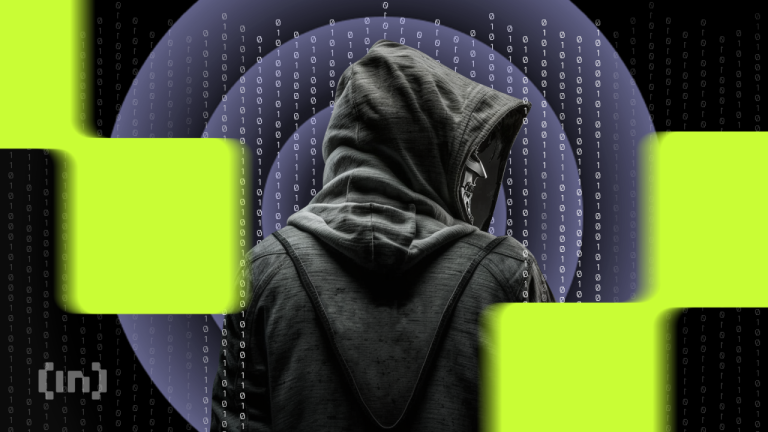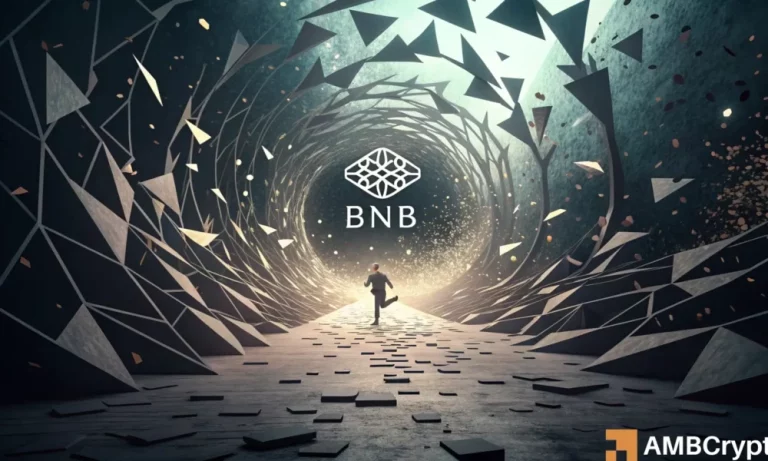
Understanding Quantum Computing and Its Threat to Bitcoin
With quantum computing advancements expected to accelerate, concerns about cryptocurrency security are mounting, especially for Bitcoin (BTC). Prominent Bitcoin analyst Willy Woo recently released a “Quantum Safe” guide to help holders prepare for future risks that quantum computing might pose to their digital assets.
Quantum computers, often described as a revolutionary risk to current cryptographic systems, could potentially crack the private-public key encryption securing Bitcoin addresses. To counter this threat, Woo outlines specific steps Bitcoin holders can take, particularly moving their funds to SegWit addresses for interim protection.
Why Quantum Computing Could Jeopardize Bitcoin
Historically, safeguarding your private key was critical for protecting Bitcoin. However, with the rise of increasingly powerful quantum machines, public keys can also be exploited to deduce private keys. This becomes particularly worrying for users of Taproot addresses (starting with “bc1p”), as they expose the public key within the address itself.
Woo elaborates that Bitcoin’s Taproot technology, while a revolutionary upgrade, is not quantum-resistant. “Quantum computing advancements mean that these addresses are NOT safe,” Woo warns. As such, Bitcoin users need to take proactive measures to ensure their assets remain secure.
Steps to Secure Your Bitcoin
In response to growing threats, Woo shared a step-by-step guide to shield Bitcoin from quantum risks:
- Move your Bitcoin to SegWit addresses starting with
“bc1q”or legacy addresses beginning with“1”or“3.” - Use wallet apps that automatically create new SegWit addresses after transactions to enhance security.
- Avoid spending from Taproot or other quantum-vulnerable addresses until quantum-resistant network upgrades are introduced.
SegWit (Segregated Witness) was introduced in 2017 to improve Bitcoin’s scalability and transaction efficiency. It achieves this by separating digital signatures from transaction data, thereby allowing more transactions per block and reducing transaction fees. Although not entirely quantum-proof, SegWit offers a more secure option compared to Taproot addresses.
The Path Forward: Quantum-Resistant Upgrades
According to Woo, implementing quantum-resistant Bitcoin upgrades could take up to seven years. He emphasizes the importance of network-wide consensus to facilitate these changes, stating, “Bitcoin can adapt, but ecosystem-wide collaboration is essential.”
Woo firmly believes that Bitcoin will survive quantum computing risks. “BTC remains the best monetary asset if you take a long-term horizon beyond the next 10 years,” he added. While near-term risks exist, Woo recommends avoiding panic but encourages immediate actions, such as shifting assets to more secure wallets.
Criticism from Experts
Woo’s recommendations have sparked debate within the crypto community. Charles Edwards, founder of Capriole Investments, criticized Woo’s guide, arguing that SegWit alone does not offer adequate quantum protection. “We need to upgrade the network as soon as possible,” Edwards insisted, highlighting the urgency for a quantum-resistant protocol.
How Wallets and Custodians Can Protect Bitcoin
For users holding Bitcoin in ETFs, corporate treasuries, or exchange-based cold storage, Woo suggests that custodians can secure funds by adopting proactive quantum safety measures. Wallet apps can also play an important role by ensuring that funds are moved to non-Taproot addresses during transactions. He warns that older addresses (like Satoshi Nakamoto’s initial P2PK addresses) and lost coins could be particularly vulnerable if quantum computing breakthroughs occur.
When Will Quantum Threats Become Critical?
Although there is no consensus on the timeline, experts predict quantum computing could compromise Bitcoin’s security as early as 2028. Others suggest the risk may manifest within 2-3 years. Preparations today could make a significant difference for safeguarding assets in the rapidly advancing technological landscape.
Recommended Tool: Ledger Nano X
To enhance your Bitcoin security, consider using a hardware wallet like the Ledger Nano X. Designed for robust crypto asset protection, it supports SegWit addresses and ensures private keys are stored offline, minimizing exposure to digital threats.
Final Thoughts
While quantum computing poses a genuine threat, informed and proactive steps can significantly reduce risks. By following Willy Woo’s guidance, Bitcoin holders can protect their assets and prepare for the future of quantum-resistant blockchain systems. The time to act is now, and every Bitcoin user has a role in steering the ecosystem toward enhanced security solutions.






